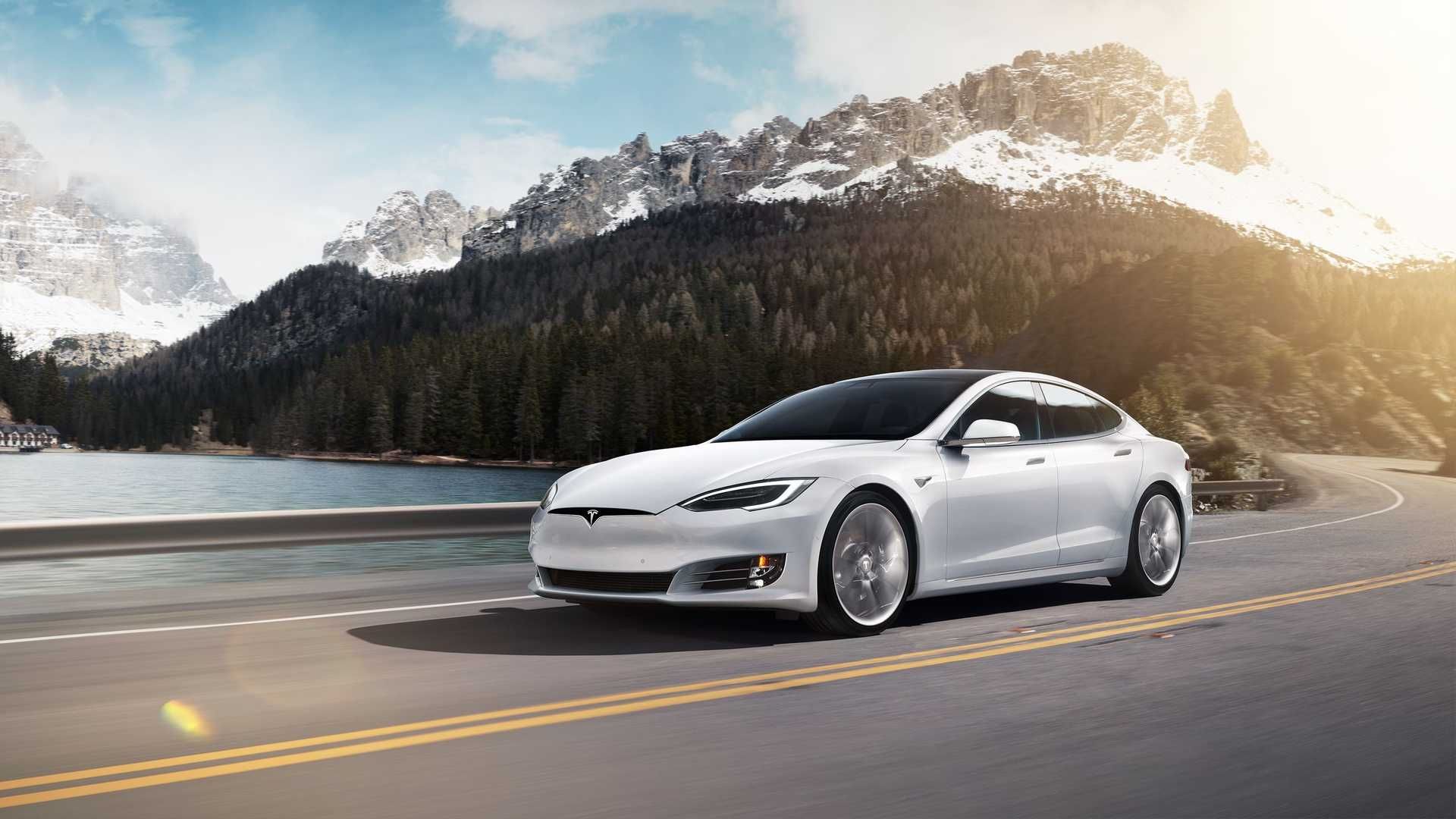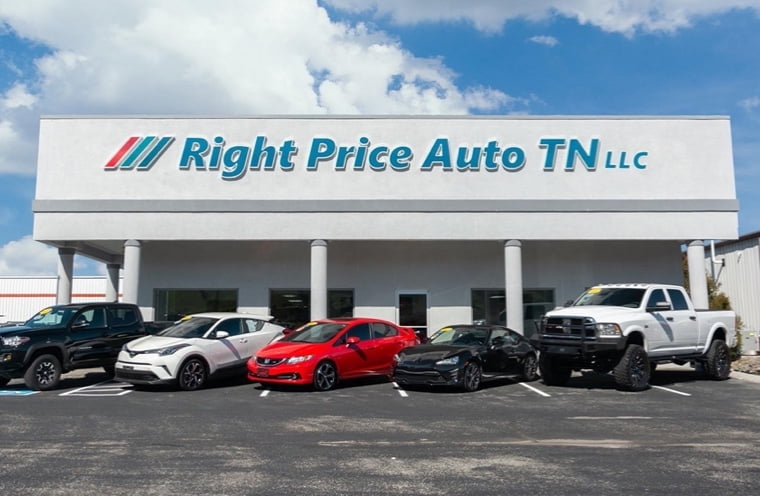
Guaranteed credit approval
How does your Guaranteed Credit Approval work?
It’s simple:
- Pick out the vehicle you like.
- Answer a few questions.
- We’ll show you exactly what it takes to drive your car home today.
What do I need for financing?
Proof of income (One of the following):
-Pay stub showing tax deductions
-Three months of bank statements showing your deposits
-Three months of cancelled checks from your employer
-If you’re paid cash only, we will accept a letter from your employer on company letterhead that shows your wages, hours worked each week, and how long you’ve been with your employer.
Insurance is required to finance a vehicle, but we can help you get insurance quotes if needed.
References- name, address, and phone number.
For the best financing it helps, but is not required to have: Driver’s license, Checking Account (bring in your last statement), and a utility bill to prove your residence.
What if I’ve had a prior repossession?
Not a problem.
How much do I need down?
We don’t require any money down. However, lenders may base a down payment on a number of factors. We’ll do our best to work within your budget. Bring what you can afford to put down, and we’ll see what we can do.

First time buyers
I’ve never bought a car before, what do I need to know?
A few key things to keep in mind are:
Price – the less expensive the vehicle the better.
Mileage – lower mileage, non luxury cars are the best fit.
Monthly income – you’ll need to be able to prove at least $2,000 a month in income or have a qualified cosigner.
Bank accounts – a REAL checking account, open at least 30 days from a brick and mortar bank will greatly help. We recommend opening an account with one of our local credit unions. Having an existing relationship with one, at times, can help us qualify you for better terms.
We’ll work with you to create a plan to stair step you up to the vehicle of your dreams.

Understanding lending
Loans are made based on a tremendous amount of risk factors. Generally speaking, the main categories lenders look at are the customer, the collateral (vehicle purchased), and the terms.
Think of each of these as a sliding scale. The riskier one factor gets the more conservative other factors need to be to balance out the equation. Let’s break it down:
Customer
A golden rule for lenders here is to look at stability, ability and intent to pay.
Stability
How long has an applicant worked at their current job and how stable is that income? How long have they lived at their residence? How long have they been in the region?
Ability
How much income does the applicant have to invest in a monthly payment, vehicle maintenance, and insurance? Payment to Income (PTI) and Debt to Income (DTI) Ratios are important here. A good rule of thumb is the closer to 10% PTI the better. [$3000 monthly income would ideally be about a $300 monthly payment.] We have some lenders that will go up to 25% PTI, but as PTI increases over 15%, other factors will need to compensate for it. (Examples would be a larger down payment or shorter term loan.)
Intent
When the applicant incurred debts, did they pay them? For a first time buyer, the answer to that question has yet to be determined. A negative credit history isn’t a deal breaker at all. For both of those situations, we just need to mitigate that risk elsewhere in the loan. (Collateral and terms.)

Collateral
Not all vehicles are created equal. Lenders are looking at mileage, anticipated reliability and maintenance costs, as well as anticipated vehicle use. A $10,000 BMW 7 series is an extremely high risk for a lender compared to a $10,000 Hyundai Elantra. The BMW is going to be much older, with higher miles, and have MUCH greater maintenance costs than the $10,000 Hyundai Elantra. A vehicle that will be used for work purposes (towing, food delivery, door to door sales) is a much higher risk for a lender than one that will only be driven for personal use.
Terms
Length
The length of the loan is determined by the amount being financed, anticipated useful life of the vehicle, and the strength of the customer.
Amount
The amount of the loan versus the value of the vehicle (LTV) is determined by the overall risk of the car and the consumer
Higher Risk Car/Customers
A higher risk car and/or a higher risk customer will mean a higher down payment. A lower risk customer on a low-risk vehicle can often mean no down payment is required.
Interest Rates
Interest rate is a reflection of all the other variables in the overall deal.
We work with over 40 lenders both locally and nationally to be able to offer the best terms we possibly can for you.
We can’t sell cars saying ‘no.’
Our job is to work with you and our lenders to make the metrics work, so everyone is happy. The best way to do that is face to face talking through the variables together. Come see us, and let’s get started making your dream ride a reality.
